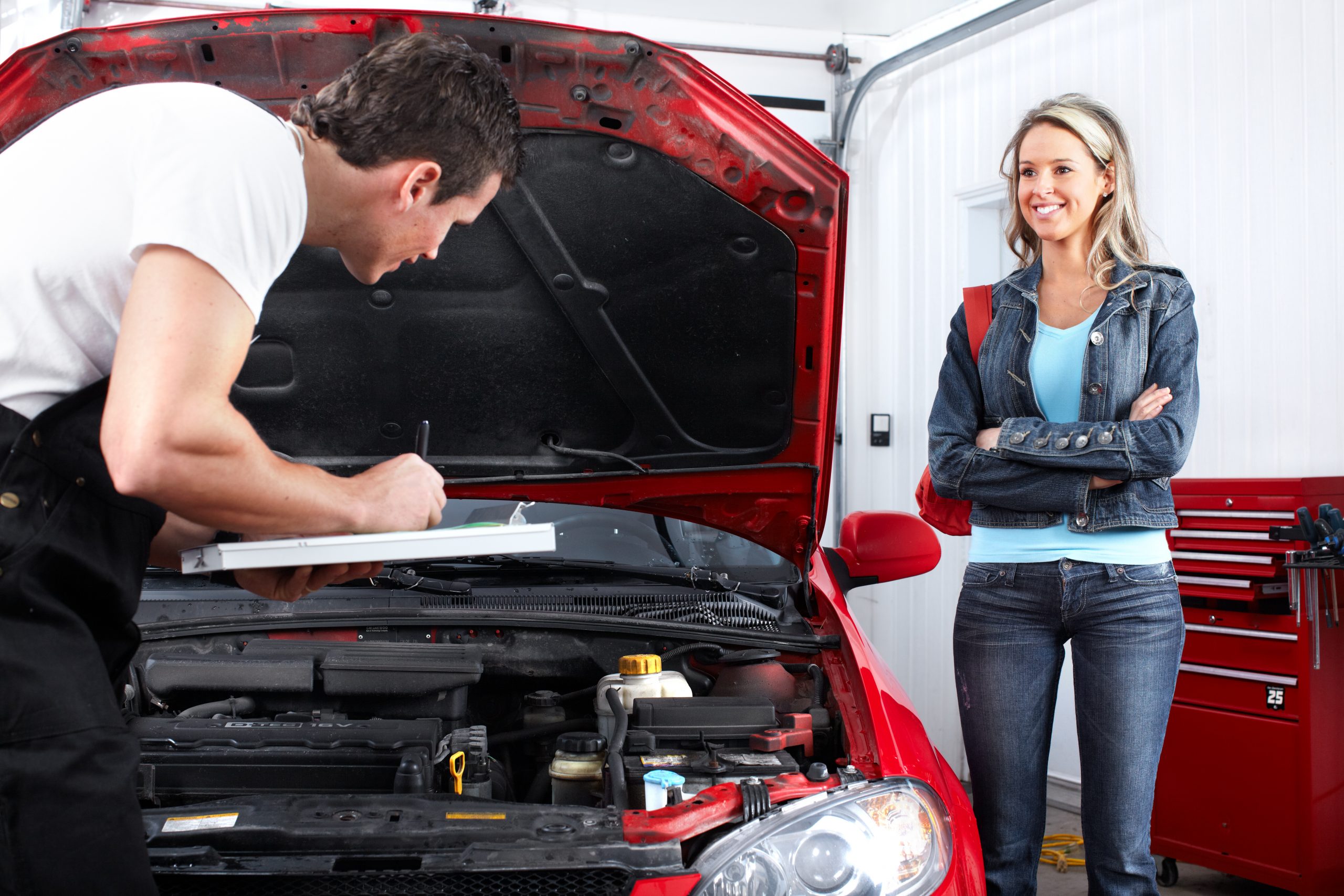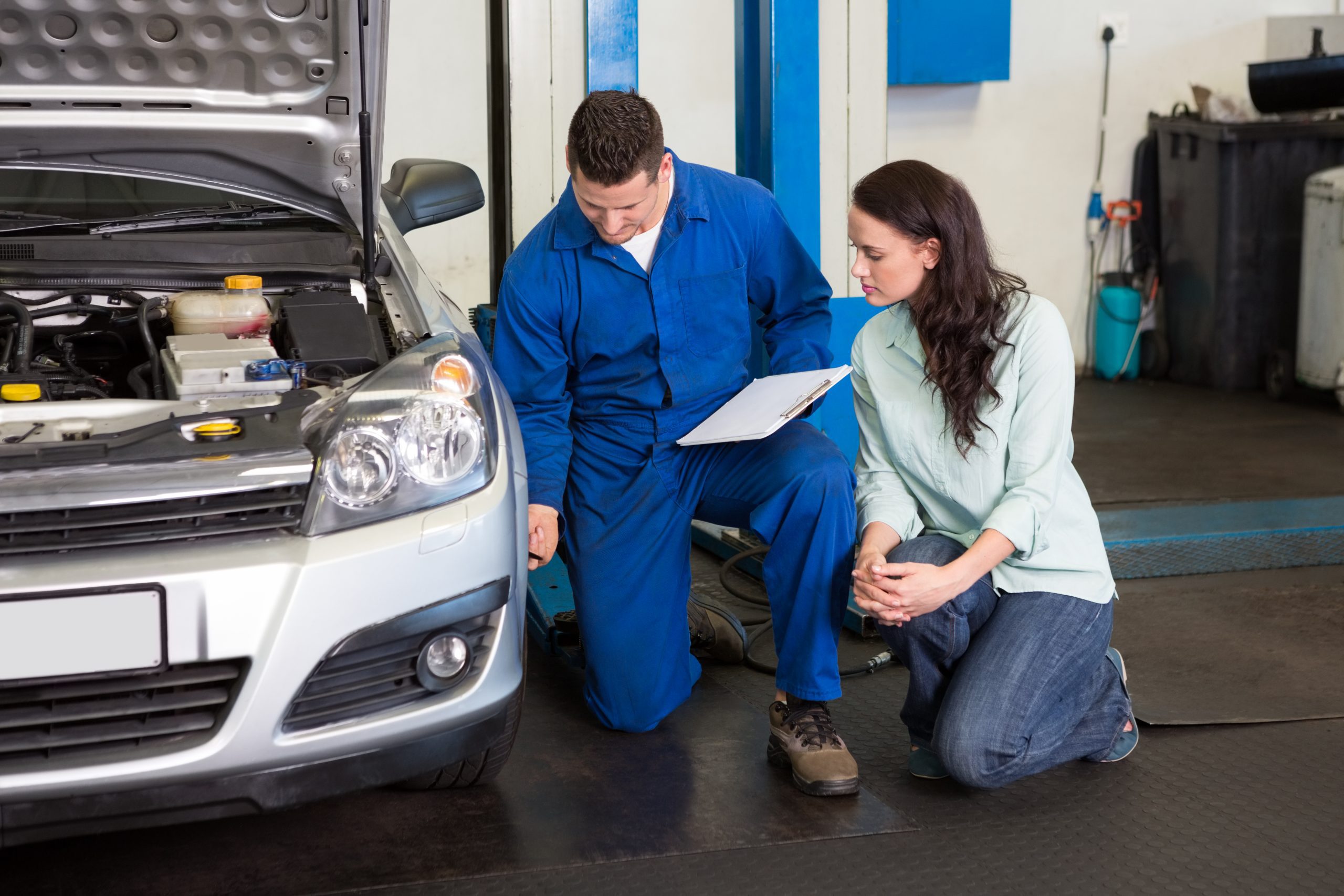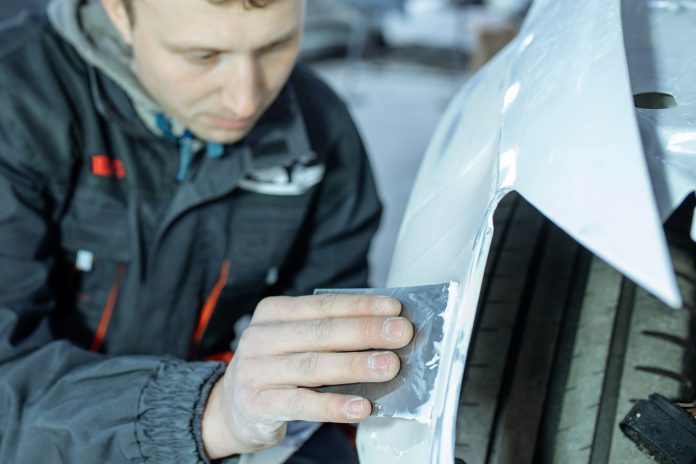With used car sales outnumbering new car sales by nearly three times the amount, it’s important that your dealership understands how best to deal with the pre-owned inventory. When you get a vehicle in for used car reconditioning, you want to get it fixed up and back on the line as quickly as possible. After all, every day that it’s in the service center is a day the dealership can’t make money on it. With some of our best practices in reconditioning, we can show you the top ways to save costs.
We evaluate the importance of being organized and discuss how to create a dedicated team. This article also evaluates the value of maintaining quality, even while lowering expenses.
1: Create a checklist
You can’t look at a vehicle and know what it needs. Instead, you must take a methodical approach to ensure that everything requiring a fix gets taken care of. Even when you walk into an oil lube shop, the workers are going to use a checklist to ensure nothing gets missed, so it’s a proven way to successfully plan.
No matter what type of car you are looking at, you want the level of quality to remain consistent. The more technology you can integrate into the process, the easier it will go. From the vehicle inspection through the work order to the flow through the reconditioning process, having a centralized checklist ensures everyone is on the same page and a point person to handle the flow.
 |
2. Maintain quality while reducing costs
Not every repair needs to be made for the vehicle to sell. For example, if there are some minor dings and scratches on the low-cost used vehicle, it doesn’t make sense to fix them. Additionally, if the tires still have life left in them, don’t replace them. On top of that, if you take the vehicle for a test drive and it goes straight down the road with no vibration, why would you add in a wheel alignment? It doesn’t need it.
 As long as the customer doesn’t have to run out and get necessary repairs after buying the vehicle, you can let some things slide. However, in making these decisions, you must also follow the standards of your dealership. If the car is going to be part of the CPO inventory, there are some things you might need to replace that you otherwise wouldn’t have.
As long as the customer doesn’t have to run out and get necessary repairs after buying the vehicle, you can let some things slide. However, in making these decisions, you must also follow the standards of your dealership. If the car is going to be part of the CPO inventory, there are some things you might need to replace that you otherwise wouldn’t have.
3. Create an appropriate timeline
The time it takes to recondition a vehicle can take anywhere from just a couple of days to weeks. It all depends on how available your staff is and what is needed for the vehicle. You must set an appropriate timeline based on this circumstance.
If you try to cut the timeline too sharply, you might sacrifice standards. By extending the timeline too far, you take longer to turn a profit and you reduce your technicians’ effectiveness. You have to find the appropriate balance somewhere in the middle for optimal efficiency and gain.
4. Create an in-house reconditioning team
In any group event, such as sports, there needs to be a team. Your workers make up a reconditioning team that needs to partner together for a common goal, just as if they were playing sports. If you put together some of the best players, you set everyone up for success.
Additionally, having a dedicated team means that you don’t have to force the technicians to choose between reconditioning and a customer order. You create a special incentives package for these workers and completely eliminate any conflict.
It doesn’t take a lot of effort to get your used cars out on the line. However, it does take some skill to do it efficiently while still maintaining a superior profit.
Did you enjoy this article? Please share your thoughts, comments, or questions regarding this topic by connecting with us at newsroom@cbtnews.com.
Be sure to follow us on Facebook, LinkedIn, and TikTok to stay up to date.
While you’re here, don’t forget to subscribe to our email newsletter for all the latest auto industry news from CBT News.



